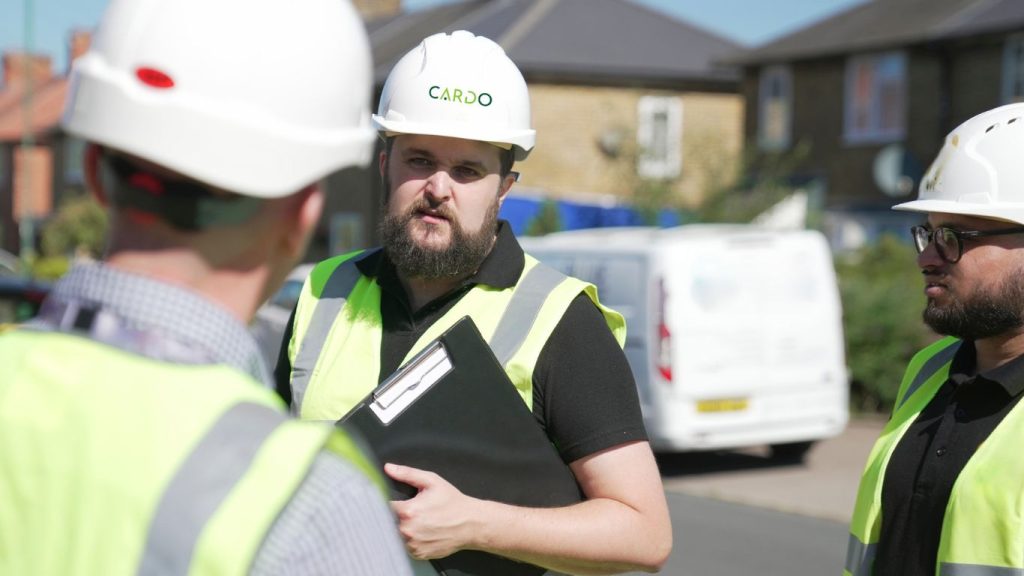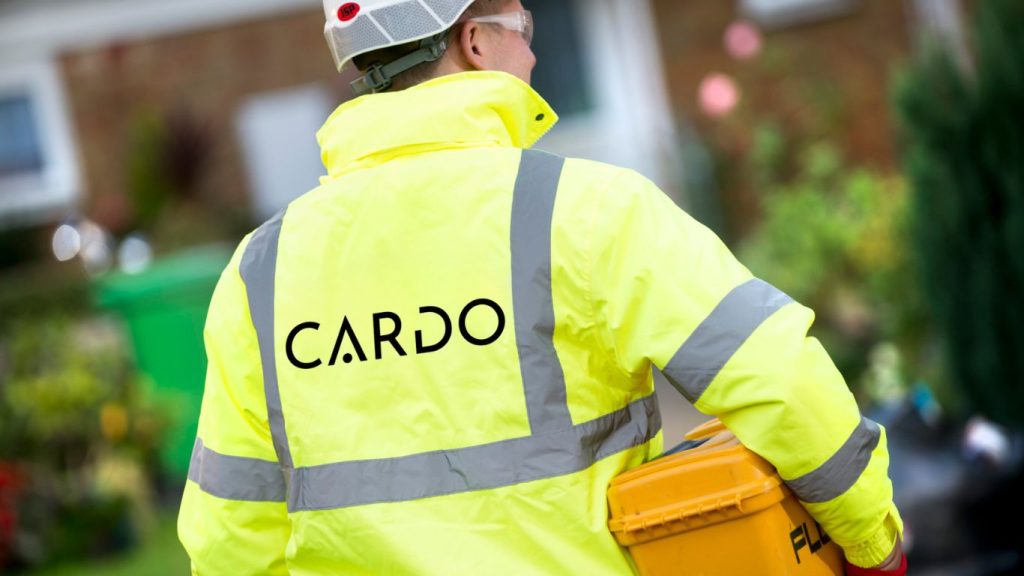Planned maintenance is the foundation of long-term housing asset management across the United Kingdom. For housing associations, ALMOs (arms-length management organisations), and local authorities, having a well-defined planned maintenance contract is not only a regulatory requirement — it is a strategic necessity.
In an era of budget constraints, tenant expectations, and evolving compliance standards, the role of a robust, properly procured planned maintenance agreement has never been more critical. This guide breaks down what housing providers across the UK need to know about designing, procuring, and managing planned maintenance contracts that deliver real, measurable value.
Planned maintenance refers to scheduled, proactive interventions that maintain or improve the condition of housing stock and related assets. Unlike reactive repairs, which are triggered by immediate failures or tenant complaints, planned maintenance:
Examples of planned maintenance activities include:
Well-structured contracts define what work will take place, when it will be delivered, how tenants will be notified, and how performance will be monitored.

In the UK, housing providers face a complex web of challenges: ageing building stock, decarbonisation targets, tenant wellbeing, and increasing regulatory pressure. Planned maintenance addresses these challenges head-on by offering a strategic tool for portfolio resilience.
Benefits include:
For housing providers managing hundreds or thousands of homes, having a proactive planned maintenance strategy is the difference between smooth operations and continuous crisis management.
A successful planned maintenance contract should be more than a list of works — it should be a well-defined service partnership that protects assets, tenants, and budgets.
Here’s what every housing provider should look for:
Quality planned maintenance starts with reliable data. Before work begins, the contractor should undertake or integrate detailed stock condition surveys, identifying:
This data underpins the maintenance schedule and should be updated regularly throughout the contract.
The contract must specify what is included, and what is not. This avoids disputes and ensures clarity across both operational teams and tenants.
Create a timeline for regular interventions. Examples:
Ensure that the schedule reflects actual wear and use — not arbitrary timelines.
Works can disrupt tenants, so contracts must outline communication plans, notice periods, and support services. This may include:
The contract must embed legal obligations, including:
To track contract delivery, include KPIs and regular reporting schedules. Common indicators include:
There are several ways to structure a planned maintenance contract. The best choice depends on the scale of your organisation, internal resources, and procurement strategy.
Fixed-period contracts for specific services, usually with extension options. Ideal for large-scale housing providers looking for continuity.
Pre-approved suppliers are selected for specific workstreams, allowing flexibility and multiple award routes. Good for varied or regionally spread portfolios.
Combines planned, responsive, and compliance services under one umbrella. Enhances efficiency and simplifies management but requires strong supplier alignment.
Each model should be evaluated for:
Procurement rules vary depending on organisation type, contract value, and public funding use. In the UK, most housing associations and public bodies must comply with the Public Contracts Regulations 2015.
Key procurement steps include:
As the UK moves toward legally binding environmental targets, housing providers are increasingly expected to embed sustainability into their asset management strategies. Planned maintenance contracts play a vital role in this transition by enabling the systematic upgrade of housing stock in line with Net Zero ambitions.
Planned works can integrate:
By bundling energy-saving upgrades with planned maintenance schedules, housing providers can reduce costs, improve energy performance, and access government funding streams more efficiently.
Contracts should therefore be designed with flexibility to accommodate retrofit priorities, and providers like Cardo Group are well-placed to deliver programmes that meet both maintenance and environmental objectives — all under one service model.
Planned maintenance contracts can go wrong when planning is rushed or scope is vague. Here are key mistakes to avoid:
Modern planned maintenance contracts benefit significantly from digital integration, especially in terms of contract management, performance reporting, and tenant engagement. Housing providers should expect their contractors to operate with:
Digital systems enhance transparency, reduce manual reporting, and improve the responsiveness of maintenance teams. Cardo Group’s investment in mobile workforce technology and performance data platforms means clients always have a clear view of service delivery — from the condition of a single property to the performance of a multi-year framework.
Incorporating digital solutions into contract planning ensures smoother service delivery and greater value from every planned maintenance investment.

Cardo Group supports housing providers across the United Kingdom with high-quality planned maintenance services grounded in asset data, tenant engagement, and operational excellence.
Our offer includes:
By working with a single, trusted provider, clients benefit from streamlined communication, reduced administrative burden, and long-term housing asset protection.
Planned maintenance is not an optional extra — it’s a fundamental part of delivering safe, sustainable housing across the United Kingdom. For housing providers, success lies in the quality of the contract, the strength of the partnership, and the ability to proactively manage the built environment.
With careful procurement, accurate asset data, and transparent performance monitoring, planned maintenance contracts can deliver real value for money while safeguarding the future of public housing.
For more information on how Cardo Group can support your organisation’s planned maintenance strategy, visit cardogroup.co.uk.